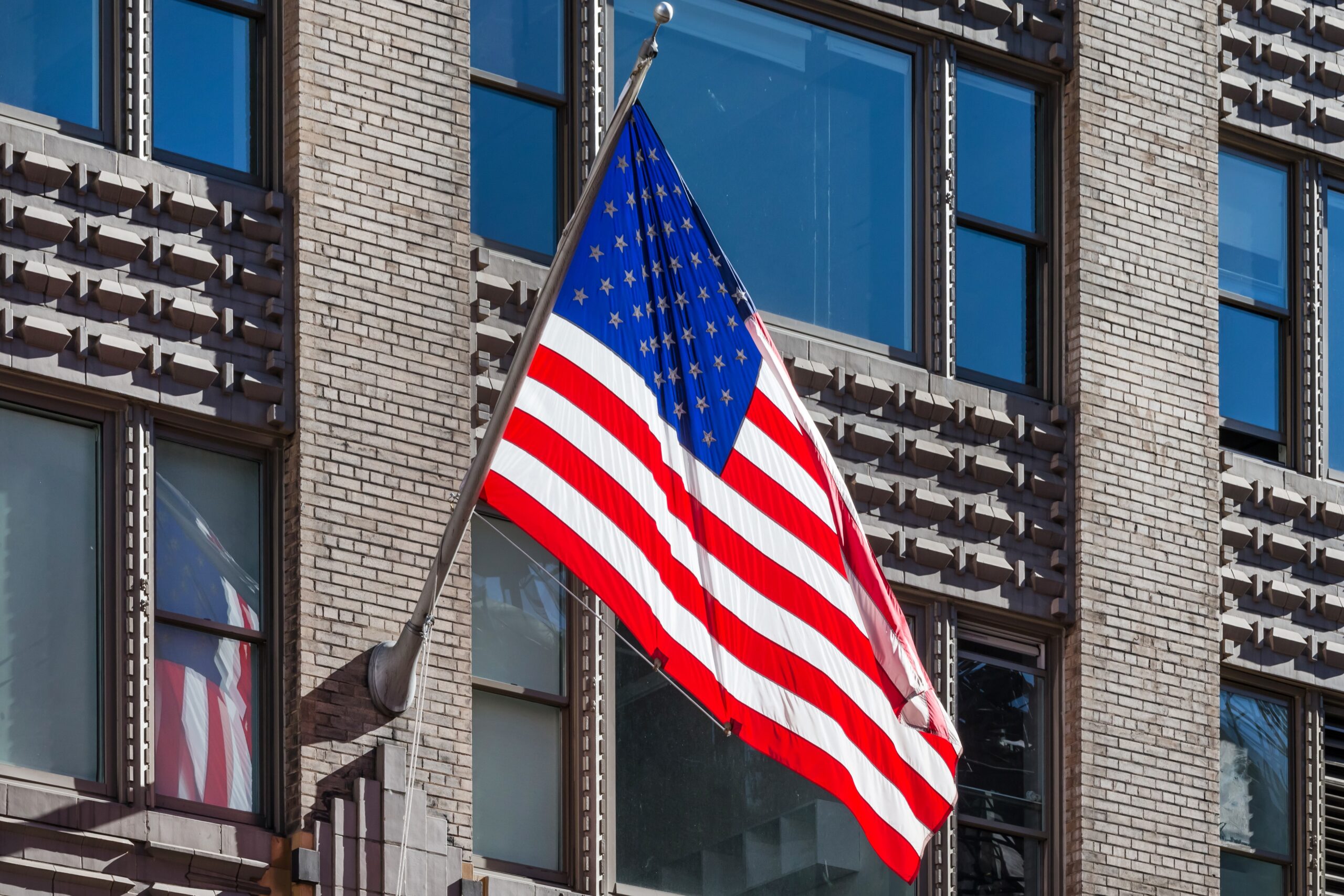
Autor: Javier Collado
Fuente: El Periódico
La pandemia del coronavirus y los distintos confinamientos a los que los gobiernos sometieron a la población incrementaron el precio de la vivienda en todas partes. La aspiración a mejorar el hábitat propio de cara a otro posible encierro doméstico tiró al alza del precio. En Estados Unidos, el número de ventas de vivienda construida se disparó en los meses posteriores a lo más duro de la pandemia, con hasta 6,7 millones de domicilios construidos vendidos en un solo mes. Pero el frenazo de esta variable y de otros indicadores empieza a desvelar un cambio importante en el mercado inmobiliario estadounidense que algunos ya tildan de «recesión».
Así, por una parte el número de viviendas construidas que se vendió en el mes de julio ha caído un 5,9% con respecto a junio y un 20,2% con respecto al mismo periodo del año anterior. Así, según el informe de la Asociación Nacional de Agentes Inmobiliarios de EEUU (NAR, por sus siglas en inglés), se ha pasado de 6,03 millones de hogares vendidos en julio de 2021 a los 4,81 millones del mes pasado. De esta manera, la cifra ha retrocedido a niveles previos a la pandemia y perdido la cota de los 5 millones por primera vez en dos años.
En el caso de las viviendas nuevas, el retroceso ha sido incluso mayor, con 511.000 domicilios en julio, un nivel que no era tan bajo desde 2016. De hecho, en el peor momento de la crisis del Covid-19, las ventas de este tipo de inmuebles se situaron en los 582.000.
Inteligencia artificial, realidad virtual o gamificación lideran la revolución educativa
Sabadell y Bankinter agitan la ‘guerra’ por los depósitos con remuneraciones a partir del 2%
Además, por primera vez en casi tres años, el precio medio de venta ha disminuido. Según la firma de análisis especializada Black Knight, el coste a pagar por la vivienda cayó un 0,77% en julio con respecto al mes previo. No solo se trata de una ‘rara avis’ en los últimos tres años, sino que el porcentaje supone el mayor retroceso mensual de precio desde enero de 2011 y el segundo peor mes de julio en tres décadas. La media se ubica ahora en los 403.800 dólares, según el informe de NAR. No obstante, supone un incremento del 10% con respecto a hace un año.
«Es probable que haya más correcciones de precios en el horizonte a medida que avanzamos hacia lo que normalmente son meses estacionales más neutrales para el mercado inmobiliario», señaló el vicepresidente de investigación y estrategia de Black Knight, Andy Walden, a la CNBC, subrayando que nos encontramos ante un «punto de inflexión en el mercado».
Todo apunta a que la subida de tipos de interés por parte de la Reserva Federal, pasando del rango del 0 – 0,25% al 2,25-2,5% en tan solo cinco meses, ha impulsado las hipotecas hasta niveles que empiezan a condicionar seriamente la compra de una vivienda para las familias estadounidenses. El interés de una hipoteca media a 30 años se sitúa actualmente ligeramente por encima del 5%, aunque llegó al 5,8% hace unos meses. No se veían niveles tan altos desde 2008.
Esto viene a aumentar el porcentaje total de ingresos que una familia tiene que dedicar a pagar la hipoteca, que está ya en máximos de 30 años. Según cifras de Black Knight, los hogares se ven obligados a destinar el 32,7% de sus ingresos mensuales a cumplir con los pagos de una hipoteca a 30 años (si se abonó una entrada por el 20% del valor del inmueble). Supone 13 puntos porcentuales más que antes de la pandemia.
Entretanto, el inventario de casas construidas sin vender ha aumentado en julio hasta los 1,31 millones, un 4,8% más que en el mes precedente.
«Estamos presenciando una recesión de la vivienda en términos de disminución de las ventas de viviendas y la construcción de viviendas. Sin embargo, no es una recesión en los precios de las viviendas. El inventario sigue siendo escaso y los precios continúan aumentando a nivel nacional», señala el economista jefe de NAR, Lawrence Yun.